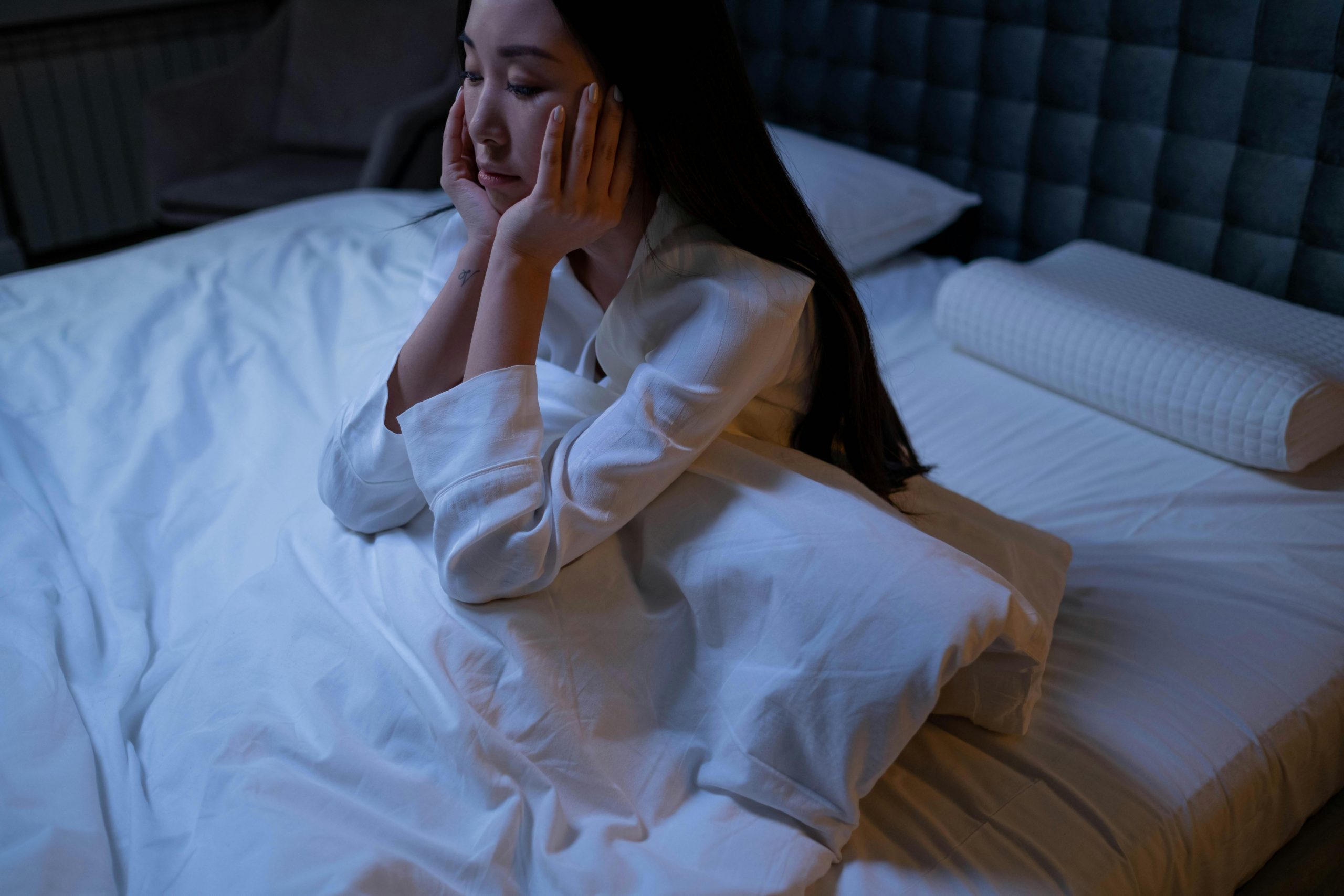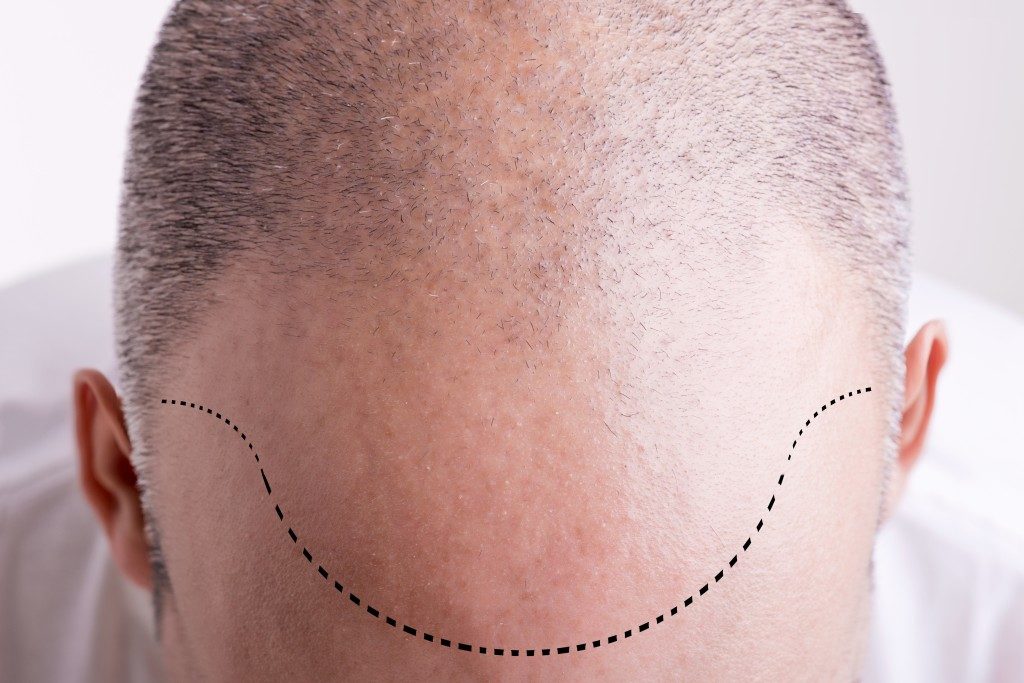Life can feel overwhelming. Between deadlines, family responsibilities, and daily stressors, many of us find it difficult to relax and drift off to sleep. In fact, research shows that around 10% of adults struggle with chronic insomnia, while another 20% report occasional sleep disturbances. These sleep issues are more than just inconvenient—they can take a toll on both mental and physical health.
Insomnia doesn’t just leave you feeling tired the next day. Over time, chronic sleep difficulties can heighten stress levels and increase the risk of developing anxiety disorders. The lack of restorative sleep may make it harder to regulate emotions, manage daily stressors, and maintain a sense of calm. This creates a vicious cycle where anxiety worsens sleep, and poor sleep fuels anxiety.
For busy professionals, overwhelmed parents, and stressed students, this cycle can feel especially relentless. That’s where meditation offers a natural, calming solution. But how exactly does it work? And how can you incorporate it into your hectic routine?
In this guide, we’ll explore how meditation can help you calm racing thoughts, release tension, and create a peaceful transition to sleep, no matter how busy your life may be.
What Exactly is Meditation, and How Can It Help with Sleep and Anxiety?
Meditation is the practice of focusing your attention and quieting the mind. This often involves breathing exercises, guided visualizations, or mindfulness techniques. When practiced regularly, meditation can:
- Lower stress hormone levels (like cortisol)
- Reduce heart rate and blood pressure
- Quiet racing thoughts that keep you awake
- Relax tense muscles and soothe the nervous system
For busy professionals juggling tight schedules, parents balancing work and family, and students under pressure, meditation offers a simple, drug-free way to relax and recharge.
Why Do Sleep and Anxiety Go Hand in Hand?

When you’re stressed or anxious, your mind tends to stay active—even when you’re physically exhausted. This mental activity can make it hard to:
- Fall asleep
- Stay asleep
- Enjoy deep, restful sleep
Anxiety triggers the body’s “fight or flight” response, releasing stress hormones that make it harder to relax. This can create a vicious cycle: you worry about not sleeping, which keeps you awake, which increases anxiety, and so on.
Meditation breaks this cycle by shifting your body into a “rest and digest” mode, slowing your heart rate, deepening your breathing, and calming your mind.
How Does Meditation for Sleep Work?
You don’t need hours of practice or advanced techniques to benefit from meditation. In fact, even a few minutes of deep breathing or body scanning before bed can significantly improve sleep quality.
Here’s how meditation helps you sleep:
- Slows down brain waves: Meditation encourages alpha and theta brain wave activity, associated with relaxation and drowsiness.
- Relaxes the body: Focused breathing lowers muscle tension and decreases physical arousal.
- Interrupts negative thought patterns: Meditation pulls your mind away from stressful worries and into the present moment.
- Regulates sleep hormones: It promotes melatonin production, the hormone that helps you fall asleep.
What Are the Best Meditation Techniques for Sleep and Anxiety?
Meditation offers a variety of techniques that can be tailored to your personal needs, whether you’re aiming to reduce anxiety or improve sleep quality. Let’s explore some of the most effective methods:
1. Body Scan Meditation
This simple practice involves mentally scanning your body from head to toe, noticing areas of tension and consciously releasing them. It’s particularly effective for letting go of physical stress that can interfere with sleep.
How to practice:
- Lie down comfortably, either on your bed or a soft surface.
- Close your eyes and take a few deep breaths to center yourself.
- Slowly bring attention to each part of your body, starting from your toes and working your way up.
- As you focus on each area, notice any sensations—tightness, warmth, tingling—and intentionally relax those muscles.
- Continue until you reach the crown of your head.
This technique can help release physical tension accumulated throughout the day, creating a relaxed state ideal for falling asleep.
2. Mindfulness Meditation
Mindfulness involves focusing your awareness on the present moment—your breath, physical sensations, or surroundings—without judgment.
Why it helps:
- Mindfulness meditation trains your brain to let go of racing thoughts, worries, and anxieties.
- It reduces mental clutter and helps cultivate a sense of calm, which is essential for restful sleep.
How to start:
- Sit or lie down comfortably.
- Focus on your breathing or a simple mantra.
- When your mind wanders (as it naturally will), gently bring it back to your chosen focus.
- Practice for 10–20 minutes, or even just a few minutes before bed.
3. Guided Meditation
For beginners or those who prefer structure, guided meditations offer step-by-step instructions, often accompanied by soothing music or calming narration.
Pro tip: Try apps like Calm, Headspace, or Insight Timer, which offer a range of guided sessions specifically designed for sleep and anxiety relief. Many include relaxing imagery or gentle affirmations to help you unwind.
4. Breath Awareness
Focusing on your breath is one of the simplest and most accessible ways to calm an anxious mind and prepare for sleep.
Try this technique:
- Inhale slowly through your nose for a count of 4.
- Hold your breath gently for a count of 4.
- Exhale slowly through your mouth for a count of 6.
- Repeat for 5–10 minutes, allowing your mind to settle with each breath.
This technique slows down your heart rate, reduces feelings of stress, and encourages your body to shift into a state of relaxation.
5. Loving-Kindness Meditation (Metta)
This meditation focuses on cultivating feelings of compassion and love, both for yourself and others.
Why it’s helpful:
- By replacing anxious or self-critical thoughts with warm, positive intentions, you can ease emotional tension.
- It promotes a sense of connection and peace, helping you fall asleep with a lighter heart.
How to practice:
- Sit or lie down comfortably.
- Silently repeat phrases like “May I be calm. May I be at peace. May I sleep well,” extending similar wishes to loved ones or all beings.
- Focus on the warmth these intentions bring, allowing them to replace anxious thoughts.
6. Progressive Muscle Relaxation (PMR)
Similar to body scanning, PMR involves tensing and releasing muscle groups one at a time.
Why it’s effective:
- Tensing and releasing muscles helps identify and reduce physical tension.
- This method promotes a deep sense of physical relaxation, making it easier to drift into sleep.
How to practice:
- Start at your feet, tensing the muscles tightly for a few seconds.
- Release the tension and notice the relaxation.
- Move up through each muscle group, from legs to face.
When’s the Best Time to Meditate for Sleep?

You don’t have to wait until bedtime to reap the benefits of meditation. Incorporating short mindfulness moments throughout the day can:
- Lower baseline stress levels
- Prepare your body for restful sleep
- Interrupt cycles of anxiety that build up during the day
Ideal meditation moments include:
- Morning: Start your day with 5 minutes of mindful breathing to set a calm tone.
- Midday: Take a quick break during lunch to practice a body scan or breath focus.
- Evening: Use a guided meditation as part of your wind-down routine before bed.
How to Create a Sleep-Friendly Meditation Routine
Here’s a simple evening meditation ritual you can try:
- Set the mood: Dim the lights, turn off screens, and play soft, calming music.
- Get comfortable: Lie down in bed or sit in a chair with a blanket.
- Breathe deeply: Inhale slowly, hold, and exhale longer than you inhale.
- Scan the body: Release tension starting from your feet up to your head.
- Visualize calm: Imagine a peaceful scene, such as a beach or forest.
- Let go of thoughts: If your mind wanders, gently return to your breath.
Repeat this routine nightly to train your body to associate meditation with sleep.
Can Meditation Really Reduce Anxiety?
Absolutely. Research shows that meditation rewires the brain, particularly areas responsible for:
- Stress response
- Emotional regulation
- Focus and attention
Regular practice can lead to:
- Lower cortisol levels
- Reduced symptoms of generalized anxiety
- Improved coping skills for daily stress
For busy professionals, parents, and students, this means fewer moments of feeling overwhelmed and more clarity and calmness.
How Long Does It Take to See Results?
Many people notice a difference in sleep quality and anxiety levels within just a few days of consistent meditation practice. However, lasting benefits build over time. Aim for:
- 5–10 minutes daily for beginners
- 20–30 minutes daily for deeper relaxation
- Consistency over weeks or months to retrain your mind and body
Common Questions About Meditation for Sleep and Anxiety
Is it normal for my mind to wander during meditation?
Yes! Wandering thoughts are part of the process. When you notice them, gently bring your focus back to your breath or mantra.
What if I fall asleep during meditation?
That’s perfectly fine, especially during bedtime meditations. Falling asleep means you’re deeply relaxed.
Do I need special equipment or a meditation room?
Not at all. All you need is a quiet space, a comfortable position, and your breath.
Can I meditate during the day to reduce anxiety?
Definitely. Daytime meditation helps manage stress, which can also improve nighttime sleep.
Quick Recap: Why Try Meditation for Sleep and Anxiety?
- Calms a racing mind
- Relaxes the body
- Improves sleep quality
- Reduces anxiety and stress
- Boosts overall well-being
Ready to Start? Here’s a Simple 5-Minute Sleep Meditation Script
- Find a quiet, comfortable space. Sit or lie down.
- Close your eyes and take three deep breaths, in through your nose, out through your mouth.
- Breathe naturally, and begin to notice the sensation of air moving in and out.
- On each exhale, silently say “relax.” Let your body sink deeper into comfort.
- Gently bring attention to your feet, relaxing any tension. Move upward—calves, thighs, stomach, chest, arms, neck, face—releasing tightness.
- Picture a peaceful scene, like a calm ocean or quiet forest.
- Stay with your breath for 5 minutes, returning to it if your mind wanders.
- End with a gentle stretch or deep sigh, feeling more relaxed and ready for sleep.
Make Meditation Your Secret Weapon for Better Sleep and Less Anxiety
Meditation is not just for monks or yogis—it’s a practical, science-backed tool anyone can use to improve sleep and ease anxiety. Whether you’re a busy professional chasing deadlines, a parent juggling family life, or a student battling stress, meditation can become your nightly reset button for a calmer mind and a more restful sleep.







